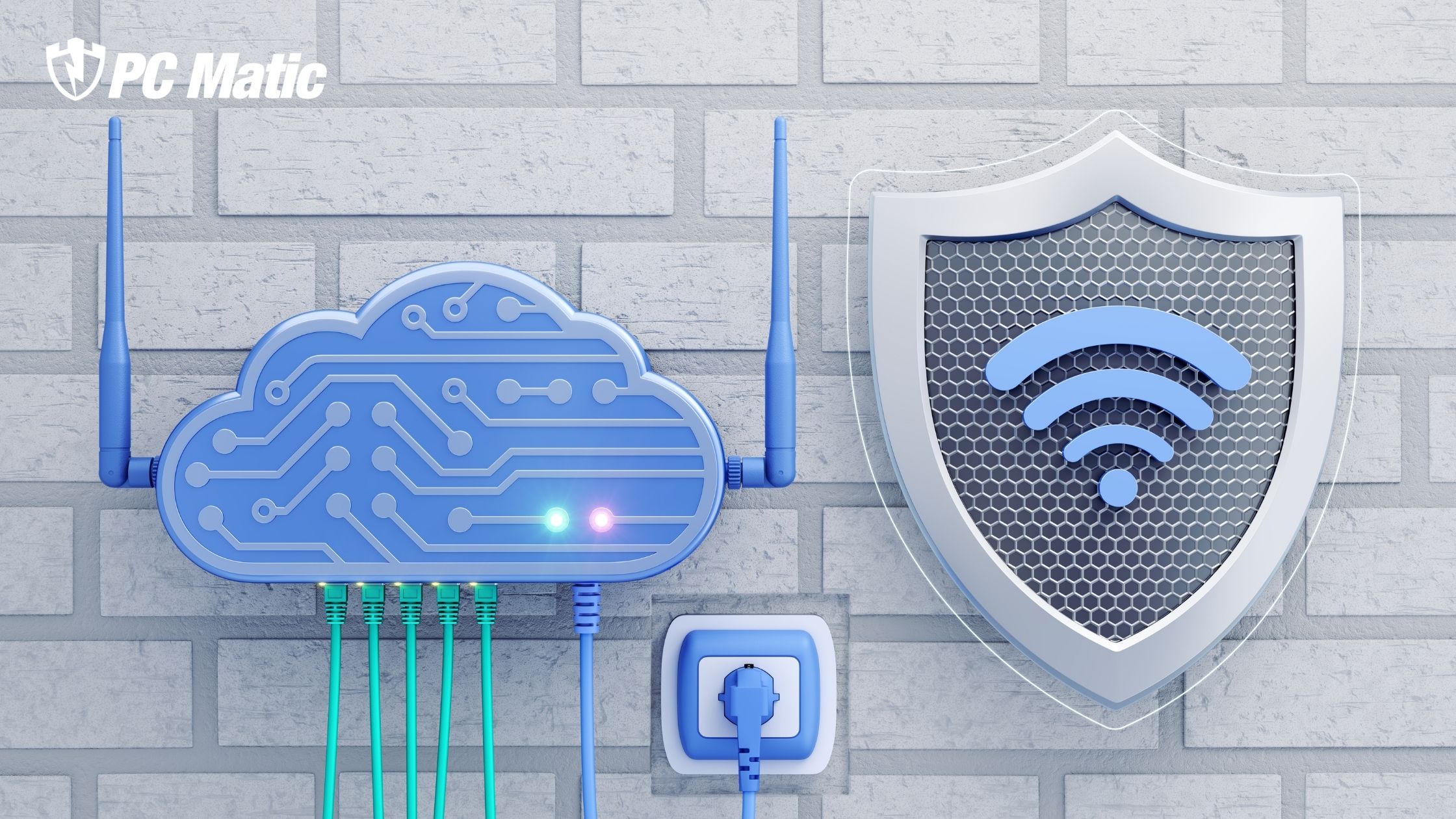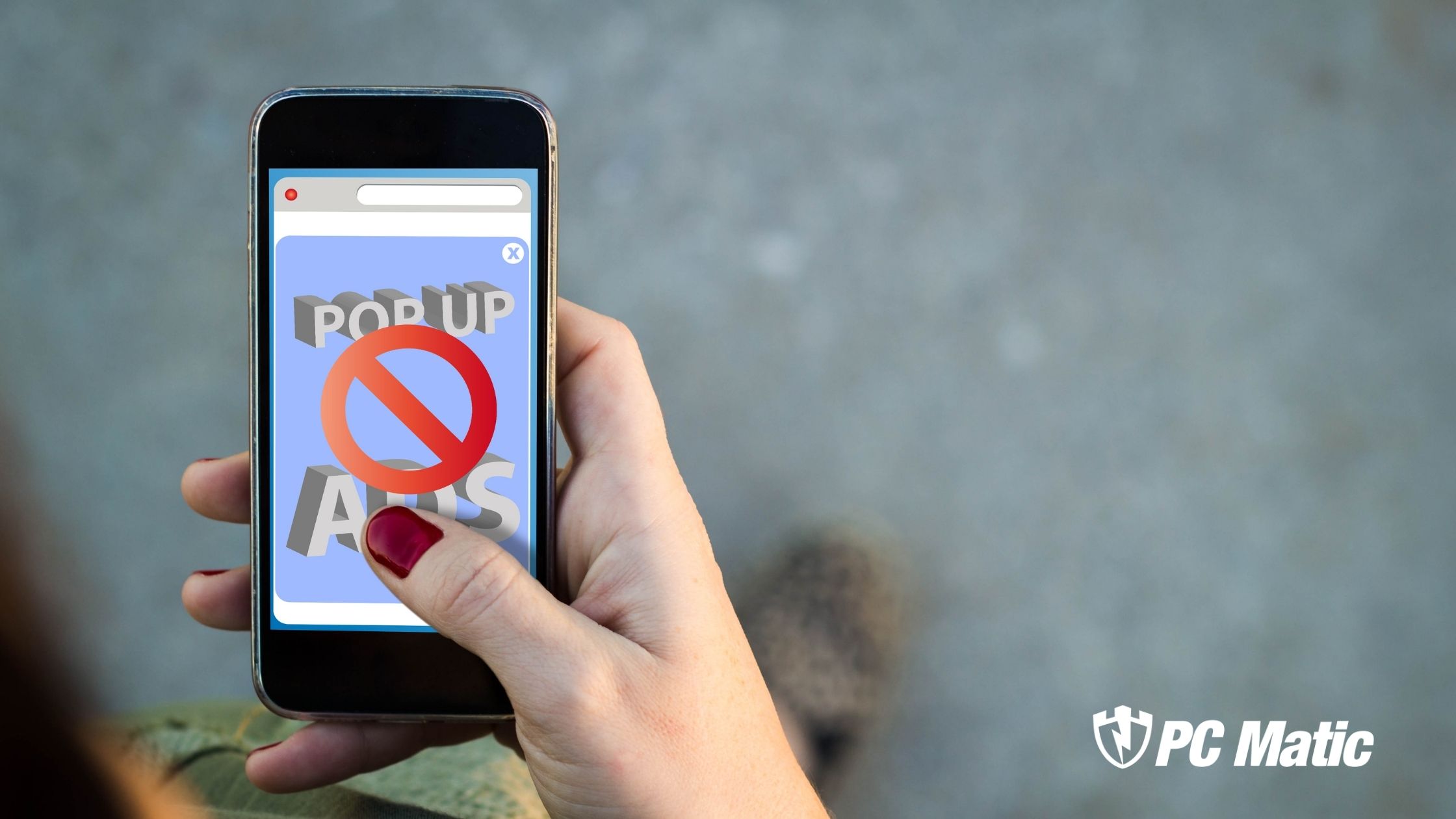In today’s rapidly evolving digital world, protecting personal and business information is more critical than ever. Paige Hanson, co-founder of Secure Labs and a seasoned cybersecurity expert, emphasizes that “getting the basics right is the foundation of staying safe online.” From understanding how we connect to the internet to using secure passwords, every small action contributes to minimizing vulnerability and safeguarding sensitive data.
Let’s dive into some practical tips for protecting yourself and your business, starting with the basics.
1. Protect Your Internet Connection: Public Wi-Fi and Alternatives
We’ve all been there—working from a coffee shop, hotel, or airport lounge, connecting to public Wi-Fi for convenience. However, public Wi-Fi can be a hacker’s playground. Fraudsters can monitor the traffic on unsecured networks, potentially stealing your personal or business information.
What can you do?
- Use a Personal Hotspot: Connect to your phone’s hotspot for a secure connection instead of public Wi-Fi.
- Consider a Virtual Private Network (VPN): “If you’re traveling or connecting to an unfamiliar network, a VPN is one of the best ways to protect yourself,” says Paige. PC Matic VPN encrypts your internet traffic, making it nearly impossible for cybercriminals to intercept your data.
2. Keep Your Devices and Apps Updated
Regular updates are crucial in protecting your devices from cyber threats. Cybercriminals often exploit vulnerabilities in outdated operating systems and apps, allowing them to access your device without your knowledge.
What can you do?
- Enable Auto-Updates: “One of the easiest ways to protect yourself is to keep your software up to date,” advises Paige. Whether you’re using an Apple or Android device, have the latest operating system and app versions installed.
- Update Your Security Software: Keep your antivirus and other security software updated to protect against malware and viruses.
3. Disable Auto-Connect Functions
Auto-connect features can be convenient, but they also pose risks. If your device is set to automatically connect to Wi-Fi or Bluetooth, a hacker could create a rogue access point or device that your phone connects to without your consent.
What can you do?
- Disable Auto-Connect for Wi-Fi and Bluetooth: “It’s a small step that can make a big difference,” says Paige. Always manually connect to known networks or devices and turn off auto-connect.
4. Control Your Location Sharing
Many apps request access to your location, often without you realizing it. Sharing your location indiscriminately can expose you to unnecessary risks.
What can you do?
- Review App Location Permissions: “Be mindful of what apps have access to your location—it’s your data, and you should control it,” warns Paige.
- Be Cautious with Metadata in Photos: Photos taken on smartphones often include location metadata, revealing where the picture was taken. Be cautious when sharing photos online and remove location data if not needed.
5. Mind Your Privacy Settings on Social Media
Social media is a fun way to stay connected, but it’s also where cybercriminals can gather personal information to target you.
What can you do?
- Review Privacy Settings: Set your social media profiles to private, ensuring only trusted friends or followers can view your posts.
- Be Cautious with Oversharing: “Think before you post—fraudsters are always looking for personal details they can use,” warns Paige.
6. Secure Your Online Accounts with Strong Passwords and Two-Factor Authentication
Weak passwords and reused passwords are among the easiest ways cybercriminals gain access to your accounts.
What can you do?
- Use a Password Manager: “Using a password manager is a game-changer,” Paige notes. It helps you generate strong, unique passwords for your online accounts.
- Enable Multi-Factor Authentication (MFA): MFA adds an extra layer of security by requiring a second form of identification. “If an account offers two-factor authentication, turn it on—it’s one of the best defenses against hackers,” Paige advises.
7. Protect Your Peer-to-Peer Payment Information
Peer-to-peer (P2P) payment apps like Venmo and PayPal are convenient but can be exploited if you’re not careful.
What can you do?
- Review Payment App Privacy Settings: Ensure your transactions are private and only share payment information with trusted individuals.
- Be Aware of Fraud Risks: “Scammers target P2P apps because they know people trust them. Always double-check before sending money,” Paige warns.
8. Backup Your Data Regularly
Ransomware and other cyberattacks can wipe out your valuable data. Regularly backing up your files ensures you don’t lose important documents or memories.
What can you do?
- Use Automatic Backup Solutions: Whether through cloud storage or an external hard drive, set up automatic backups to ensure your data is regularly saved.
Final Thoughts
Cybersecurity is a shared responsibility. By making small adjustments to how we connect to the internet, manage our passwords, and share personal information, we can significantly reduce our vulnerability to cyber threats.
“Cybersecurity isn’t just about large-scale attacks—it’s about reducing everyday risks,” Paige emphasizes. Stay informed, stay proactive, and practice cyber safety basics today!
Watch the full discussion with Paige Hanson here.




